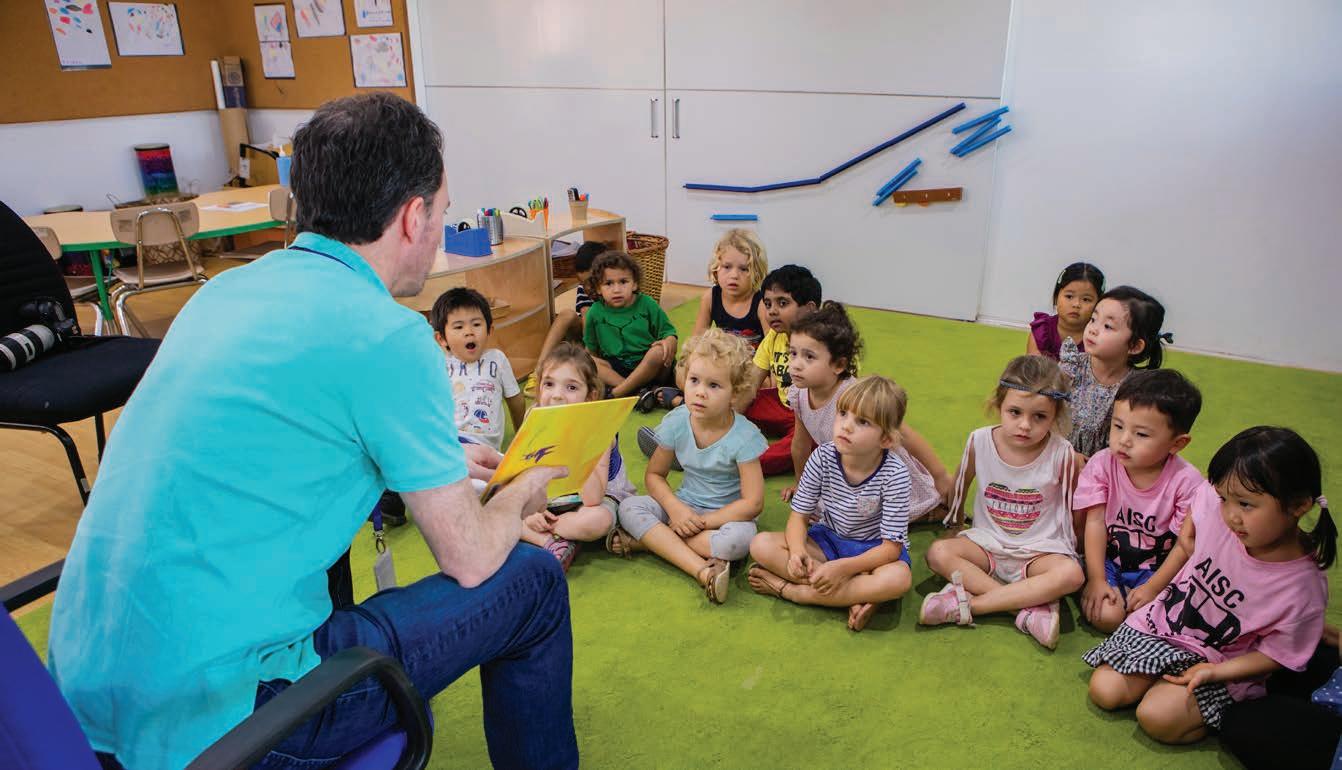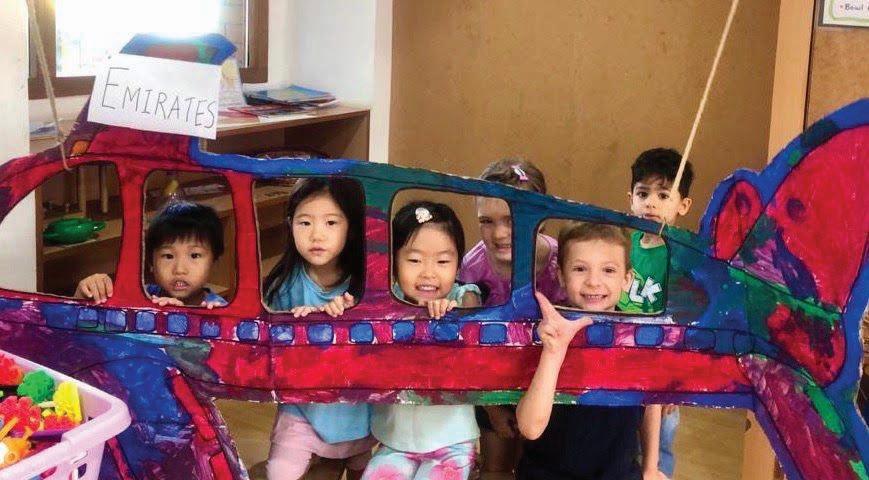
3 minute read
EARLY YEARS ENVIRONMENT AND CURRICULUM
Children learn best through active exploration in an environment which is rich in materials and opportunities to interact, work, and play. At AISC, we create those opportunities to support and extend children’s cognitive growth, interpersonal skills, kinesthetic learning, and social and emotional development through play.
We believe children learn best when provided with opportunities to engage in activities that inspire curiosity and thinking. Teachers facilitate learning experiences that encourage children to pursue their independent interests, make deep connections, and extend their knowledge. Because we believe that each child is a unique individual, our Early Years Program provides inclusive settings that recognize children’s varied abilities, interests, needs, and learning styles.
Advertisement
AISC values the diversity within our community and we intentionally work to build strong partnerships between home and school.
Multi-Age
We offer a multi-age program for three- and four-year olds. We believe there are strong benefits for both three- and four-year old children being together in the same classrooms. Our multi-age classrooms provide younger and older children opportunities to develop a sense of social belonging and interdependency. Younger children gain a sense of security being with older children, and they engage in more complex and interactive social play. Younger children also are more likely to mirror the language and problem-solving skills of their older age peers. Spending time with their younger age peers, older children gain an increased
sense of confidence about their own skills. They also exhibit more sharing, explaining, and nurturing behaviors as well as take on leadership roles in the classroom. Multi-age classrooms in Early Years allow children to develop and grow at their own pace while promoting their strengths and supporting their individual needs.
Outdoor Learning Center (OLC)
Directly behind the Early Years classrooms, along the eastern wall of our AISC campus, is our Outdoor Learning Center (OLC). This area is a continuation of the Early Years classrooms and is considered a learning environment first, and a recess space second. Children from Early Years to Grade 1 enjoy this space throughout their day and are exposed to numerous opportunities to enhance their development and engage in big body play such as running, jumping, balancing, throwing, and catching. Children might explore the grassy mounds, crawl through the tunnels, make mud pies in the mud kitchen, ride on the tricycles, or play in the sand.
Learning Through Play
As young children grow and develop they are continually exploring the world around them. They form ideas about how things work, they learn the names of different objects and actions, and they begin to relate to other children and adults. Based on years of research, we know play is the predominant way of how children learn and make connections in early childhood. With their imagination, they immerse themselves in play by testing out their ideas as they move objects around, build structures, draw and write out images and words in their mind, look at pictures and words in books, act out different roles in pretend play, count items, learn to understand their feelings and the feelings of others, and make friends. Play not only allows children’s ideas and interests to come alive in imaginary and real ways, but is foundational to how children grow and develop in these early years.
Emergent Curriculum
An emergent curriculum fosters children’s ideas and integrates their learning across different developmental areas. Teachers guide children’s learning as they explore, discover, and create. The classroom and Outdoor Learning Center play a pivotal role in how teachers set up those environments to promote opportunities and intentionally build off of children’s ideas and explorations. Teachers engage children in projects that promote language, early literacy, early numeracy, physical and social-emotional development. Through systematic planning and review of documentation, teachers model and scaffold to enhance children’s learning. Teachers carefully listen to and observe children during play. Teachers reflect on what they see and hear in the classroom, and in turn, teachers provide vocabulary around different topics, and ask questions to deepen children’s understanding and elevate their thinking.




